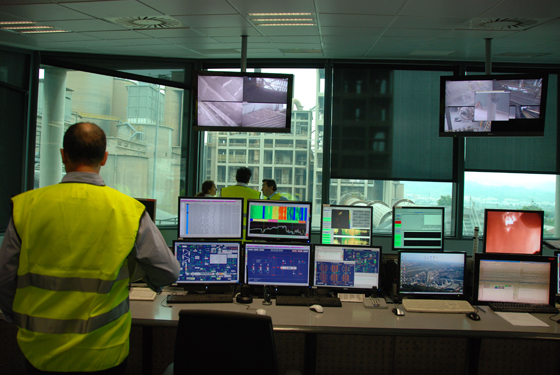The Association of cement manufacturers in Spain, Oficemen, has prepared a roadmap for the reduction of carbon emissions by 2050. The document highlights the potential of some emerging technologies, such as carbon capture and storage (CAC), which would allow reducing up to 80% the carbon footprint of the Spanish cement industry in 2050.
About 60% of the carbon emitted by the cement industry, responsible for 5% of anthropic emissions worldwide, is caused by the decarbonisation of limestone during the manufacturing process, the main raw material of clinker and, today, they cannot be reduced. The remaining 40% comes from the fuels needed to carry out the clinkerization process, which is where the industry, to date, can act on.
The axes of action proposed from the Spanish cement sector go through the mitigation of emissions in the production phases; for the use of cement-based products, capable of mitigating the effects of climate change and the development of concrete infrastructures, as constructive solutions that facilitate “the adaptation to this new reality that we live”, explains the CEO of Oficemen, Aniceto Zaragoza.
Concepts such as co-processing, which allow energy recovery and waste material during the manufacturing process, or the reduction of carbon footprint that leads to durability, thermal inertia and low maintenance of buildings and concrete infrastructures, are some of the actions that are detailed in the road map and that could be applied from the current technology.

